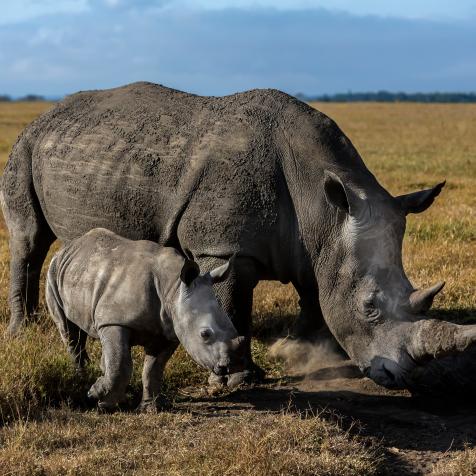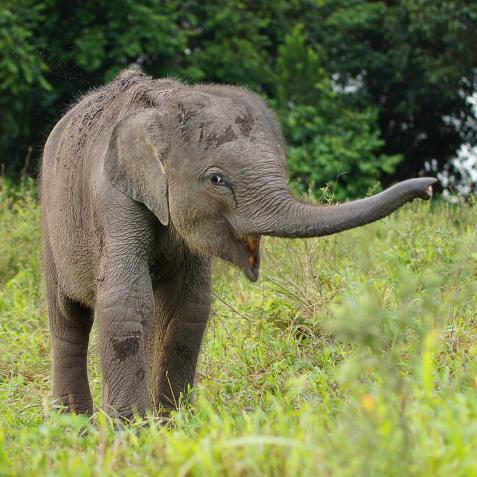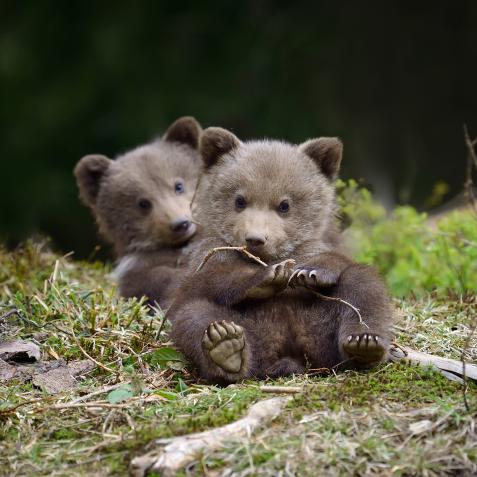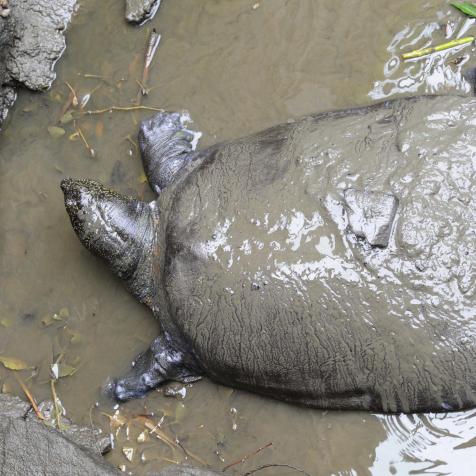
Justin Sullivan
A Tribe in California is Desperately Battling to Save their Fish
The Yurok Tribe are known as the Salmon People. Fishing for salmon is in their blood, but now their way of life is a stake.
The mighty Klamath River runs through the Yurok Tribe's reservation, which sits in Northern California and snakes between the Redwood National Park and Six Rivers State Forest.
For centuries, salmon has been an essential part of the Yurok Tribe’s diet, and their way of life–every year they have had a salmon festival.
“The Klamath River is the center of our traditions, culture, and community, and has always been the centerpiece of our way of life,” said Frankie Myers, vice-chairperson for the Yurok Tribe. “We are connected to the salmon in a really deep way, and there is a belief that their existence is our existence.”

arctic-tern
Salmon is an essential part of Yurok culture.
But in 2017, the Tribe had to purchase fish from Alaska, because there wasn’t enough in the Klamath River.
“The Klamath River salmon stocks are in serious trouble,” Chairman Thomas P. O’Rourke Sr said at the time. “Rather than celebrate the return of the spawning salmon, as we normally do, the purpose of this year’s festival is to raise awareness about the struggling fish runs and to rally for the salmon of the Klamath River.”
The fish, however, have still not recuperated. The river is in a dire state, due to a combination of water mismanagement upstream and ongoing drought in the region contributing to poor water quality in the river. The degraded water means that a disease known as Ceratonova shasta spreads rapidly. Equally, when fish are stressed, which warm, unhealthy water can contribute to, disease is passed more quickly among them.
The Yurok Tribe has issued calls for a flushing flow, a large gush of water that is usually released every year downstream, to wash out the disease. This year the water did not come cascading downstream, due to a decision by the Bureau of Reclamation to conserve water.

San Francisco Chronicle/Hearst Newspapers via Getty Images
Yurok tribe member uses drift net across the Klamath River to fish.
In early May, more than 70% of juvenile salmon floated to the river surface, dead.
“We are watching a massive fish kill unfold in real-time,” said Barry McCovey Jr, the fisheries department director for the Yurok.
“The juvenile fish kill will limit salmon production for many years to come. It will also negatively impact many other native species, ranging from orcas to osprey, because salmon play such an essential role in the overall ecosystem.”
The Yuroks are doing everything they can to try to save the river, and the fish, including carrying out extensive monitoring on the river. They are also working to reshape the river, building banks to slow down the current and restore the waterway to its natural curve. Slower currents and bends in the river provide valuable resting time for salmon and a hiding place for juveniles from predators.
Tribal members have also been campaigning to remove the four dams upriver, which they say will help with water flow and river health.
The dams have contributed to low water flow, lethally high water temperatures for salmon, increased parasites, and toxic algal blooms.
“Failure’s not an option,” Mike Belchik, senior water policy analyst, said. “We’re not going to give up on this, no matter what. There’s no other river to go to. There’s no other battle. This isn’t entertainment, this is a way of life that's at stake.”


















